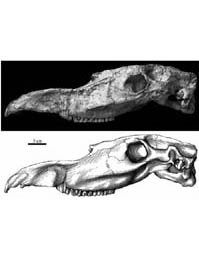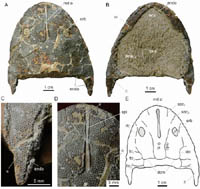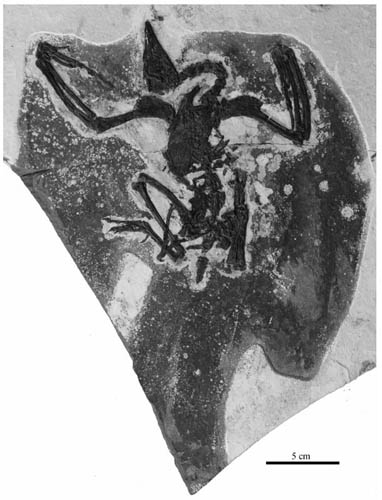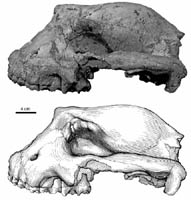|
 Research Progress Research Progress |
|
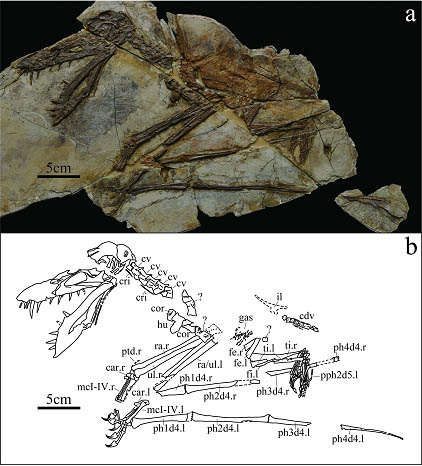 |
New Scaphognathid Pterosaur Found from Western Liaoning, China |
| The research of Chinese pterosaurs has made remarkable contributions to the study of those flying reptiles. Most specimens were unearthed from the Yixian and Jiufotang formations of western Liaoning, China. More recently, some pterosaur materials are found in the region of Linglongta at the Jianchang County, western... |
|
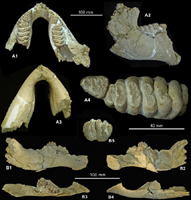 |
Primitive Mammoth Found From the Early Pleistocene of Nihewan Basin, China |
| The evolutionary relationships among Mammuthus, Palaeoloxodon and Elephas within the tribe Elephantini is still not quite clear. In China, the best fossil materials of elephantid ever recovered are exclusively attributed to the true woolly mammoth, Mammuthus primigenius, and the early mammoth is represented only by ... |
|
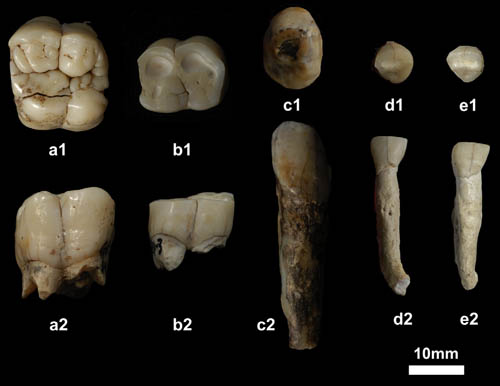 |
Fossil Teeth of Gigantopithecus Found From Yunnan-Guizhou Plateau |
| Pleistocene Gigantopithecus blacki is the largest species of all extinct and extant primates. Its diet, distribution and evolution remained unclear. According to a paper in press in the journal of Quaternary International (2012), paleoanthopologists from Institute of Vertebrate Paleontology and Paleoanthropology (IV... |
|
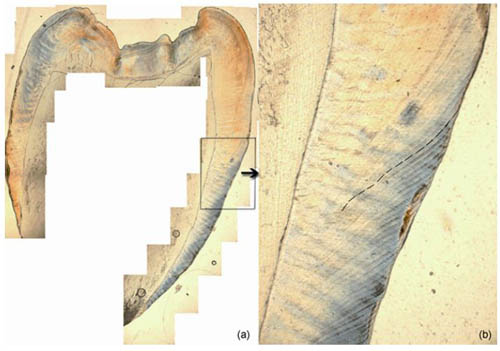 |
Fossil Pongo Showing Different Periodicity of Retzius Lines |
| Periodicity of Retzius lines of primates is a key factor in dental development, and provides information on classification, evolution and adaptation of hominoids in different times and areas. Paleoanthropologists from Institute of Vertebrate Paleontology and Paleoanthropology (IVPP), Chinese Academy of Sciences, exa... |
|
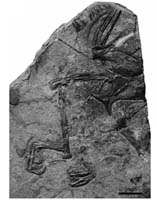 |
New Study Indicates Mesozoic Liaoningornis is an Enantiornithine Bird |
| The Jehol Group of northeastern China continues to be the world’s richest source of knowledge on Mesozoic birds. Multiple lineages of birds are recognized, ranging from primitive long-tailed birds to the close-relatives of modern birds, the earliest known members of the clade Ornithurae (Ornithuromorpha). However, ... |
|
|
|
|
|
|
|
|
|
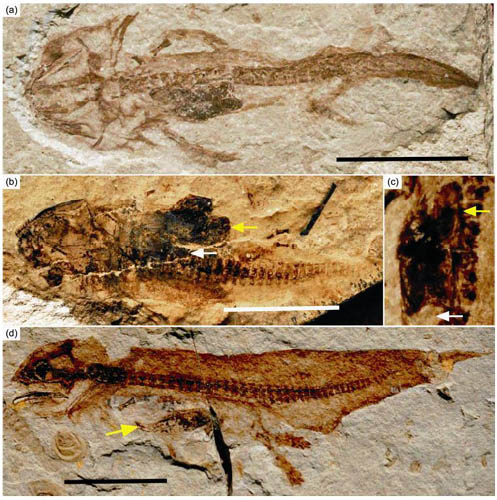 |
Jurassic Salamanders with Stomach Contents Found from Inner Mongolia |
| Paleontologists from Chinese Academy of Sciences reported two Jurassic salamanders with stomach contents from Daohugou, Ningcheng County, Inner Mongolia, China, as reported in Chinese Science Bulletin online January 2012 (Vol.57, No.1). This is the first report of well-established fossil caudates with food in their ... |
|
|





